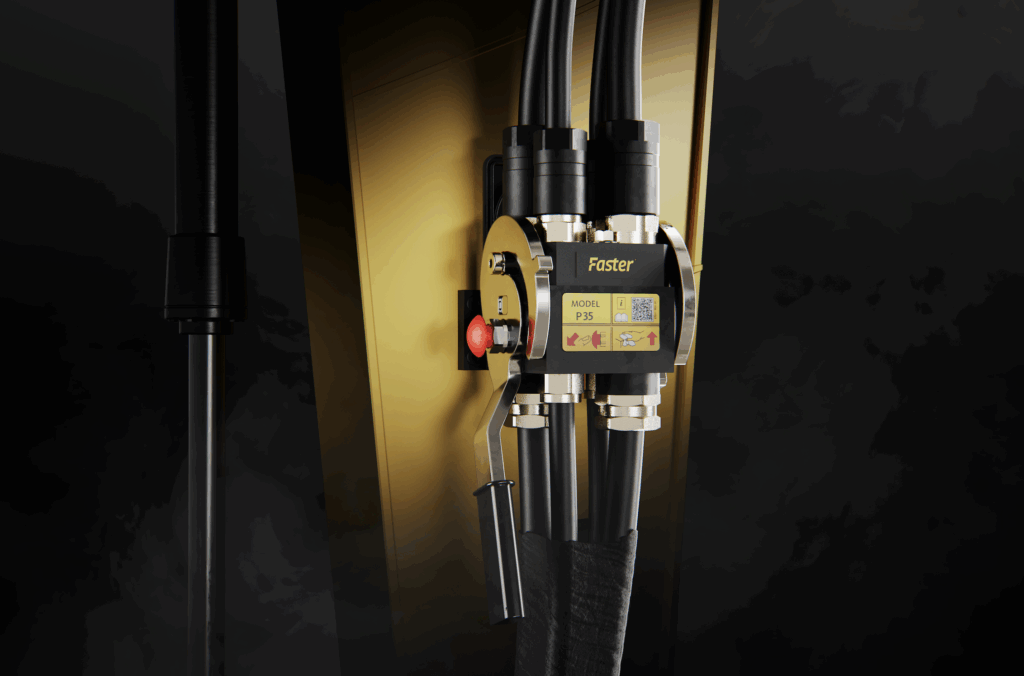Danfoss Power Solutions has launched Hybrid Load Control, a displacement control designed for the company’s H1P and MP1P hydraulic pumps.
Intended for dual-mode hydrostatic propel applications in mobile machinery, Hybrid Load Control combines the behaviours of two control types into one unit: load-independent behaviour (also known as electric displacement control or EDC) and load-dependent behavior (also known as non-feedback proportional electric control or NFPE). The patented control eliminates performance compromises, increasing operator comfort and productivity.
Many hydrostatically propelled machines – telehandlers, wheel loaders, street sweepers, and forestry equipment, for example – perform multiple tasks or have different operational modes. These machines benefit from both load-independent and load-dependent pump controls.
Load-independent control delivers consistent speed and responsiveness regardless of the load or the terrain. Load-dependent control adapts to actual load conditions to deliver smooth hydrostatic braking and optimize power delivery.
Until now, machine designers had to select only one control type for the machine’s hydrostatic pump. Danfoss’ Hybrid Load Control eliminates that compromise, delivering the best driving behavior regardless of the task. It improves hydrostatic braking smoothness in load-dependent mode, and it provides precise speed and instant response in load-independent mode. This superior driving performance increases operator comfort and productivity.
Hybrid Load Control is an integrated hardware/software solution offering machine designers the flexibility to define and optimise the vehicle’s driving behaviour. The control works with the Danfoss PC036 microcontroller as part of the PC-PRO software package. The PLUS+1 compliant package enables the designer to set key parameters that determine the behaviour, resulting in simple configuration.
Compared to conventional methods of achieving this dual behaviour, Danfoss’ Hybrid Load Control improves system robustness, simplifies machine architecture, and minimises costs. The solution does not require additional sensors, thereby eliminating potential points of failure and additional costs.
Reducing the number of components simplifies system design. In particular, the omission of sensors for complicated control strategies, such as swashplate angle or pressure sensors, eliminates the wire harness and calibration, thereby reducing startup time and service efforts.
Additionally, by optimising hydrostatic braking, the system minimises reliance on mechanical brakes. This reduction in mechanical brake usage decreases wear and further reduces total costs.
“Hybrid Load Control is a groundbreaking addition to our H1P and MP1P family of controls, combining the best of EDC and NFPE. You no longer have to choose between the two – it’s truly a ‘no compromises’ solution,” says Abhijit Patwa, director, medium power portfolio management, hydrostatics, Danfoss Power Solutions. “Hybrid Load Control offers unparalleled flexibility and performance that no other control or system on the market can match. We invite OEMs and distributors to learn more by visiting us at Agritechnica.”
Image: Danfoss Power Solutions





